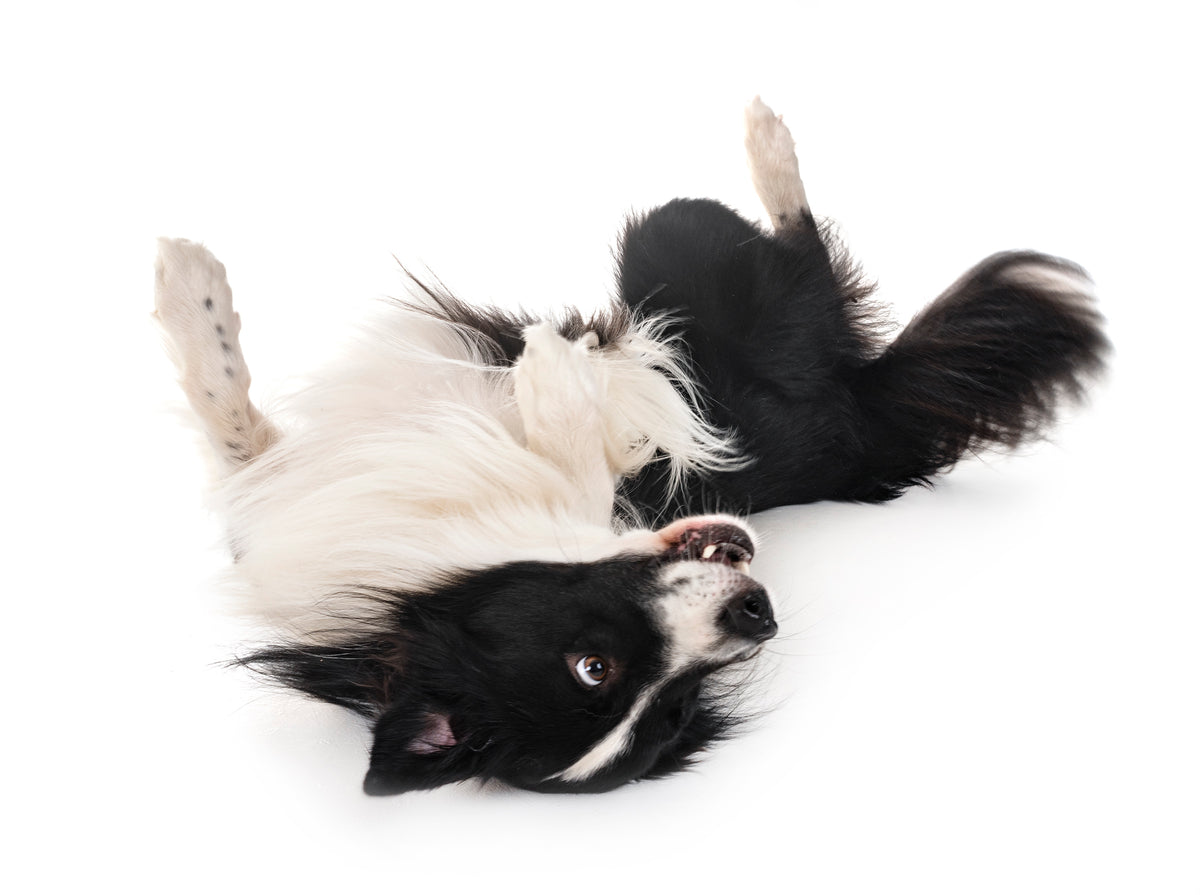As a dermatologist, I am trained to observe the subtle changes in skin—how it reacts to stress, how it heals, and how it reflects our inner world. But as a lifelong dog lover, I’ve come to appreciate another kind of healing that happens far beneath the surface: the quiet, steadfast companionship of a dog during times of profound loss.
The Unspoken Language of Grief
Grief is a universal human experience, yet it is deeply personal and often isolating. When we lose someone close, the world can feel unrecognizable. Our routines are upended, our emotions unpredictable. In these moments, words often fail. This is where dogs, with their remarkable intuition and unwavering presence, step in.
Dogs are exquisitely attuned to our emotional states. They sense changes in our tone, our posture, even the scent of our skin when we are under stress. Scientific studies have shown that dogs can detect fluctuations in human cortisol levels and respond to our sadness with increased attention and affection. But beyond the science, there is something almost mystical about the way a dog seems to know when we need them most.
A Shared Journey Through Loss
I have seen it in my own life and in the lives of my patients: when grief descends, dogs become more than companions—they become silent witnesses to our pain. They curl up beside us during sleepless nights, nudge us out of bed for a morning walk when we’d rather stay under the covers, and offer a steady heartbeat to anchor us when our own feels unsteady.
There are countless stories of dogs who, after the loss of a family member, change their behavior—seeking out the favorite chair of the person who is gone, lingering by the door, or simply refusing to leave the side of the one left behind. It’s as if they, too, are mourning, and in their own way, honoring the absence.
The Science of Comfort
The presence of a dog during grief is more than anecdotal comfort. Physical contact with dogs has been shown to lower blood pressure, reduce levels of the stress hormone cortisol, and increase oxytocin—the “bonding hormone” that fosters feelings of connection and safety. For those navigating loss, these physiological shifts can be a lifeline, helping to ease the physical burden of grief.
A Bridge Back to Life
Perhaps most importantly, dogs gently guide us back to the rhythms of daily life. Their needs—walks, meals, play—create structure when everything else feels chaotic. Their joy in simple pleasures reminds us that, even in the midst of sorrow, there are moments of lightness to be found.
A Presence Beyond Words
In the end, dogs do not try to fix our grief or hurry us through it. They simply stay. They bear witness. They offer a kind of acceptance that is rare among humans, who so often want to make things better with words or advice. A dog’s presence says: “I am here. You are not alone.”
As a dermatologist, I know that healing is a process—sometimes slow, sometimes invisible, always unique. As a dog lover, I know that the journey is made gentler by the quiet companionship of a loyal friend.
Jennifer A Baron, MD
Board-Certified Dermatologist & Micrographic Surgeon





